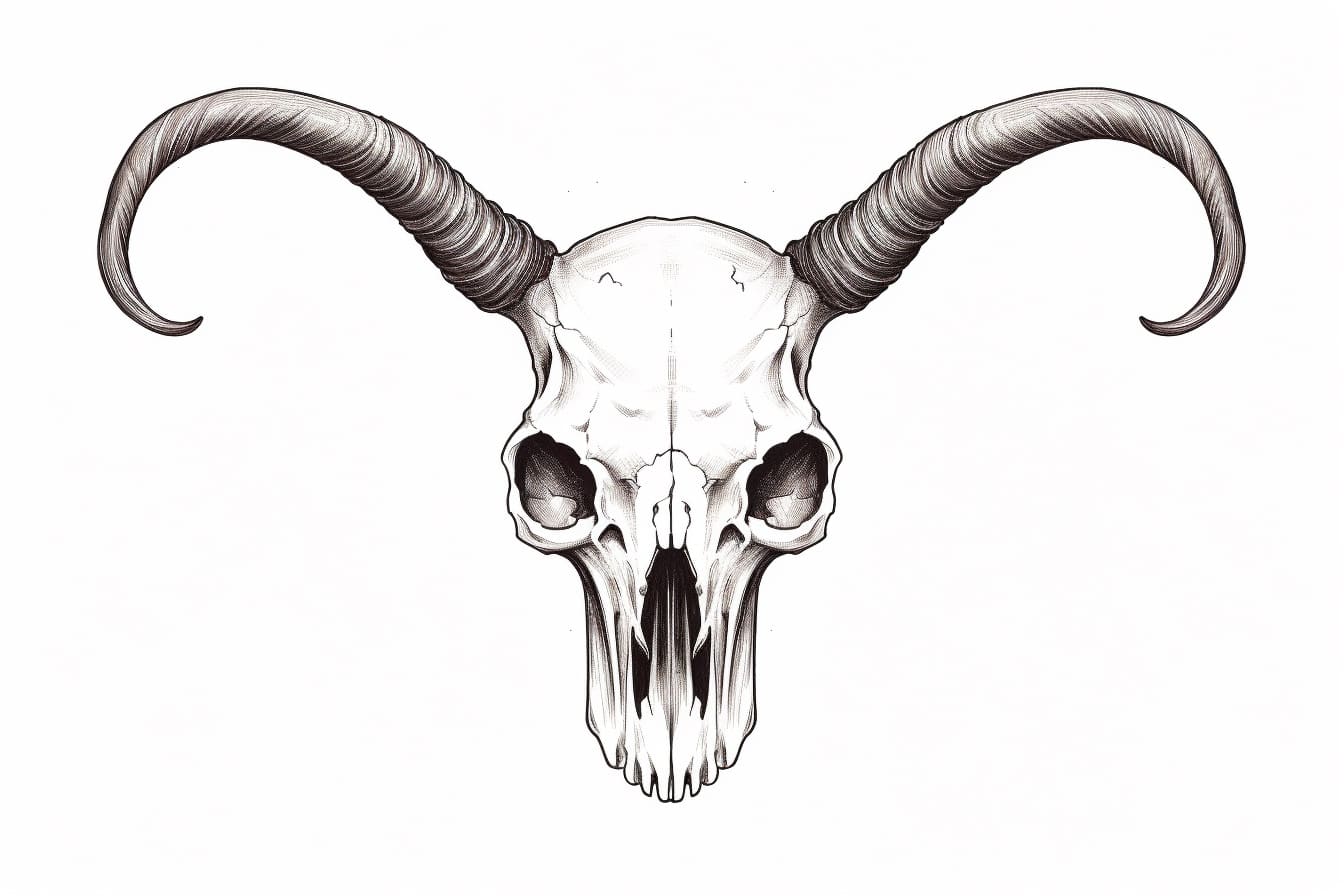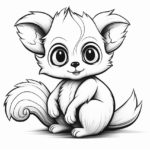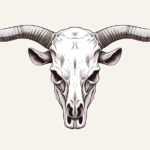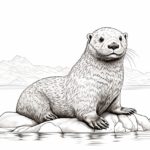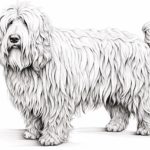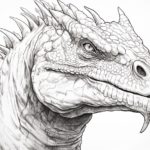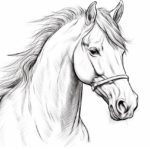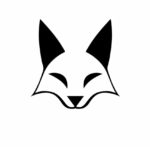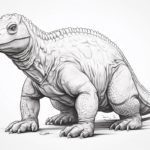Drawing animal skulls can be a fascinating and rewarding experience for artists of all levels. Animal skulls are not only intriguing in their intricate shapes and details, but they also offer a unique opportunity to study anatomy, texture, and form. Whether you are interested in scientific illustration, character design, or simply honing your drawing skills, exploring the intricacies of animal skulls can provide a wealth of inspiration and knowledge. In this guide, we will delve into the process of capturing the essence of animal skulls on paper, from understanding their structure to mastering shading techniques. So, grab your pencils and let’s embark on a creative journey into the captivating world of drawing animal skulls.
Materials Required
To draw an animal skull, you will need the following materials:
- Drawing paper or sketchbook
- Pencil set (including various hardness for shading)
- Eraser (both kneaded and rubber erasers for different techniques)
- Fine tip black pen or marker (optional for outlining or adding details)
- Reference image of an animal skull (either printed or on a digital device)
- Blending tools such as blending stumps or tortillons for shading and blending
- Ruler or straight edge for measuring and creating straight lines if needed
- Optional: colored pencils or markers for adding color to the drawing
These materials will help you create a detailed and accurate drawing of an animal skull.
How to Draw an Animal Skull: a Step-by-step Guide
Step 1: Gather your materials
- Collect all the necessary materials including a pencil, eraser, paper, and reference images of animal skulls for inspiration.
Step 2: Start with basic shapes
- Begin by sketching the basic shapes of the skull such as the oval shape for the cranium and a rectangular shape for the jawbone.
Step 3: Add details to the cranium
- Add details to the cranium by sketching the eye sockets, nasal cavity, and other prominent features of the skull. Pay attention to the proportions and placement of these details.
Step 4: Define the jawbone
- Draw the jawbone by adding the lower jaw structure and teeth. Take your time to accurately depict the shape and size of the jawbone in relation to the cranium.
Step 5: Refine the details
- Refine the details of the skull by adding shading to create depth and dimension. Use cross-hatching or stippling techniques to add texture to the bone structure.
Step 6: Erase any unnecessary lines
- Use your eraser to clean up any stray lines or mistakes, ensuring that the final drawing looks polished and accurate.
Step 7: Add final touches
- Add any final touches such as highlights or additional shading to enhance the realism of the skull drawing. Take a step back and assess the overall composition to make any final adjustments.
Step 8: Practice and Experiment
- Practice drawing animal skulls regularly to improve your skills and experiment with different techniques and styles to develop your own unique approach to drawing this subject matter.
Conclusion
In conclusion, drawing an animal skull can be a challenging yet rewarding artistic endeavor. By following the step-by-step instructions outlined in this article, artists of all skill levels can learn to capture the intricate details and unique characteristics of animal skulls in their drawings. Remember to practice patience, observation, and attention to detail, and don’t be afraid to experiment with different techniques and styles. With dedication and practice, you can master the art of drawing animal skulls and create stunning pieces of artwork that showcase the beauty and complexity of these fascinating subjects.
Fun Facts About Animal Skulls
- Animal skulls can vary greatly in size, shape, and structure depending on the species and their evolutionary adaptations.
- The number of teeth in an animal skull can give clues about their diet and feeding habits. For example, carnivores typically have sharp, pointed teeth for tearing flesh, while herbivores have flat molars for grinding plant material.
- Some animals, like rodents, have ever-growing incisors that must be constantly worn down to prevent them from overgrowing.
- The presence of prominent horns or antlers on a skull can indicate the sex and age of the animal, as well as play a role in mating rituals and defense.
- The eye sockets (orbits) in a skull can provide information about the animal’s visual capabilities, such as the size of their eyes and their field of vision.
- The structure of the skull can also reveal information about an animal’s overall anatomy and physiology, such as their respiratory system, brain size, and sensory adaptations.
- Studying animal skulls can help scientists and researchers better understand the evolutionary history and relationships between different species, as well as track changes in diet, behavior, and environmental adaptations over time.
- Many cultures throughout history have used animal skulls for various purposes, such as religious rituals, decorative art, and as symbols of strength, wisdom, or protection.
- Animal skulls are often used in educational settings, such as in museums and classrooms, to teach students about comparative anatomy, biodiversity, and the importance of conservation.
- Skulls can also be used in forensic investigations to help identify species, determine cause of death, and reconstruct the events leading up to an animal’s demise.
Suggestions for Scenes and Settings for Animal Skull Drawings
- Desert landscape with a coyote skull partially buried in the sand, with tumbleweeds and cacti in the background.
- Underwater scene with a shark skull nestled among colorful coral reefs, surrounded by schools of fish.
- Enchanted forest setting with a deer skull adorned with moss and flowers, surrounded by mystical creatures like fairies and unicorns.
- Post-apocalyptic cityscape with a bird skull perched on a crumbling building, with overgrown vegetation reclaiming the urban environment.
- Lunar landscape with a lunar rover exploring the moon’s surface, discovering an alien skull half-buried in the regolith.
- Steampunk-inspired scene with a mechanical owl skull incorporated into a futuristic flying machine, set against a backdrop of industrialized cityscape.
- Haunted mansion setting with a ghostly cat skull floating in a dimly lit room, surrounded by flickering candles and mysterious shadows.
- Dystopian wasteland with a wolf skull resting atop a pile of discarded machinery, with ominous storm clouds gathering in the sky.
- Fantasy realm with a dragon skull perched atop a mountain peak, overlooking a vast kingdom filled with mythical creatures and magical beings.
- Sci-fi space station setting with a futuristic alien skull displayed in a museum exhibit, with holographic displays showcasing its extraterrestrial origins.

